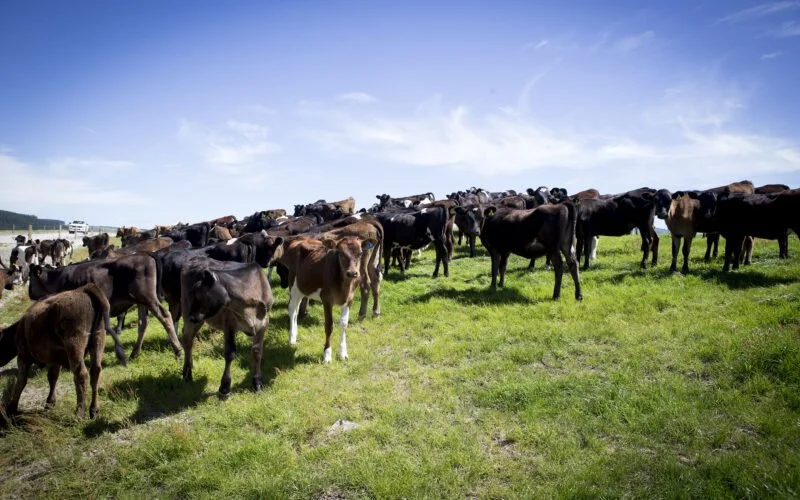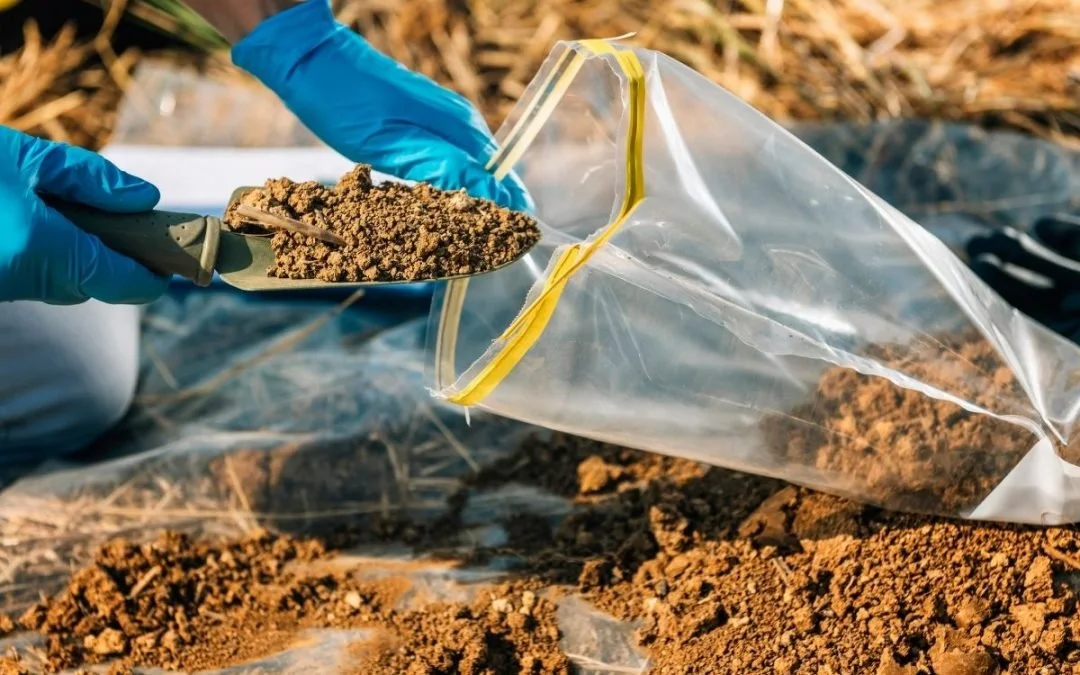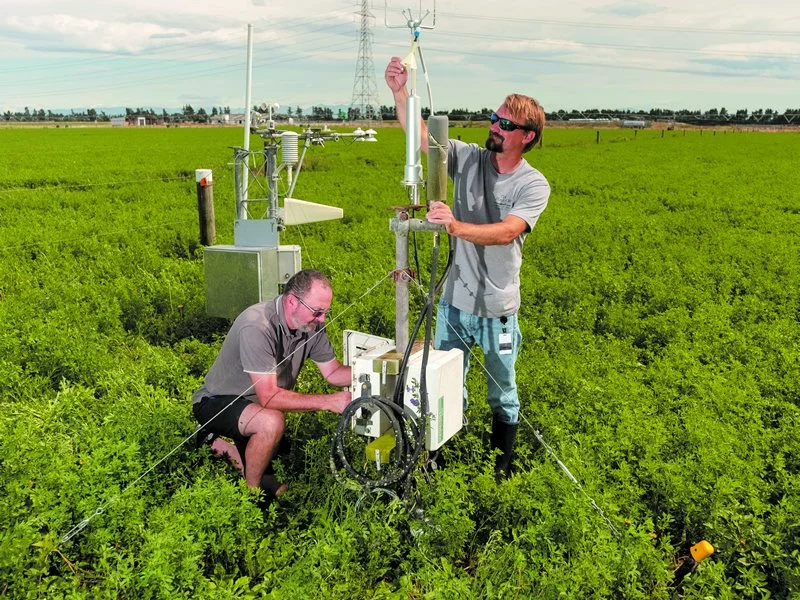Understanding Soil Carbon sequestration in mitigating Climate Change
New Zealand Rural Land Company (NZRLC) joins Landcare Research, a research initiative led by Manaaki Whenua – to establish a national soil carbon benchmarking and monitoring system.
A vast amount of the world’s carbon is stored underground in soil. Encouraging the movement of carbon from the atmosphere into the soil while minimising its return from soil to the atmosphere can improve farm productivity, reduce the amount of carbon dioxide in the atmosphere, and help New Zealand meet its international climate change agreements.
However, until recently our current system for monitoring changes in soil carbon stocks only focused on changes associated with changes in land use and did not consider whether carbon stocks in soils under a constant land use (e.g. pasture, cropping) were changing.
To gain a better understanding of how various farming practices can influence the transfer of carbon from the atmosphere into the soil, New Zealand Rural Land Company (NZRLC) has joined a research initiative led by Manaaki Whenua – Landcare Research to establish a national soil carbon benchmarking and monitoring system.
The study aims to determine whether soils carbon stocks are changing for agricultural land in New Zealand and whether any change varies between land use and the diverse soils of New Zealand. The data will also be explored to determine whether management within a land use category affects carbon stocks, enabling NZRLC to support sustainable land management practices that increase carbon sequestration and influence positive change across its agricultural properties.
With support from the New Zealand Agricultural Greenhouse Gas Research Centre (NZAGRC), the research initiative aims to understand changes in soil carbon stocks.
Carbon stock refers to the amount of carbon stored in a specific ecosystem, such as the atmosphere, oceans, forests and soil. It represents the overall quantity of carbon present and plays a crucial role in understanding the carbon balance and dynamics of a given environment.
In the case of soil, carbon is released into the atmosphere through the process of respiration. Plants absorb CO 2 from the atmosphere through photosynthesis, transferring it through their leaves and roots, and eventually depositing some into the soil.
These two simultaneous processes, if not balanced, can lead to either an accumulation or a loss of carbon in the soil.
Existing national carbon stock monitoring relies on a statistical model that estimates changes based on broad changes in how land is utilised or managed. However, this approach fails to provide an accurate assessment of the impact of what we do on the land on carbon sequestration – including farming practices such as deforestation, reforestation, intensive farming, wetland drainage, changes in grazing, and crop rotation. By gaining a deeper understanding of how different land practices can impact carbon sequestration, it can enable the widespread adoption of positive change without requiring an overhaul of land use.
Manaaki Whenua – Landcare Research is spearheading the implementation of a new framework for soil carbon monitoring. It aims to provide a comprehensive approach to assessing and monitoring changes in soil carbon over time, ensuring a deeper understanding of the intricate relationship between land use and carbon sequestration.
As part of its commitment to endurance, science-driven long-term sustainability and its own interest in the research, NZRLC has contributed two of its farms, Toi Puke (Otago) and Browns (Southland), for participation in the study, alongside 500 sites across New Zealand. The sampling is projected to be completed by Christmas 2023, and resampling has already begin for 60 hill country sites that were initially sampled six years ago.
NZRLC Co-Founder and NZRLM Director Richard Milsom emphasises the importance of monitoring and measuring the performance of each farm. This approach allows for informed decisions regarding land use, conservation, and the impact various practices can have on carbon sequestration, enhancing NZRLC’s ability to positively influence these changes.
“It’s important we make smart decisions about how we use our land, what we use it for and how we take care of it. We set high standards for who we work with and continually monitor and measure the performance of each of our farms. We’re participating in LandCare’s research initiative to understand how on-farm practices impact carbon stocks and make the appropriate changes to ensure we’re building enduring land for life.”
There is also growing interest among primary industry organisations and individual farmers in understanding New Zealand’s soil carbon dynamics. Average carbon stocks in New Zealand’s agricultural soils are estimated at about 100 tonnes per hectare in the top 30 cm of soil. This means that any change in soil carbon could make a significant contribution to increasing or decreasing carbon footprints at national, industry and farm scales.
The implementation of the new national soil carbon benchmarking and monitoring system will also bolster New Zealand’s capacity to accurately report greenhouse gas emissions.
New Zealand is obligated under the United Nations Framework Convention on Climate Change and the Paris Agreement to provide annual reports on its anthropogenic greenhouse gas emissions and removals.
The new framework hopes to guarantee unbiased and representative monitoring across all agricultural land in New Zealand, effectively identifying changes in soil carbon within various land classes while balancing precision and feasibility.
Through the use of stringent data management and privacy protocols, the project aims to provide enhanced data for both national and international reporting on soil carbon dynamics.




